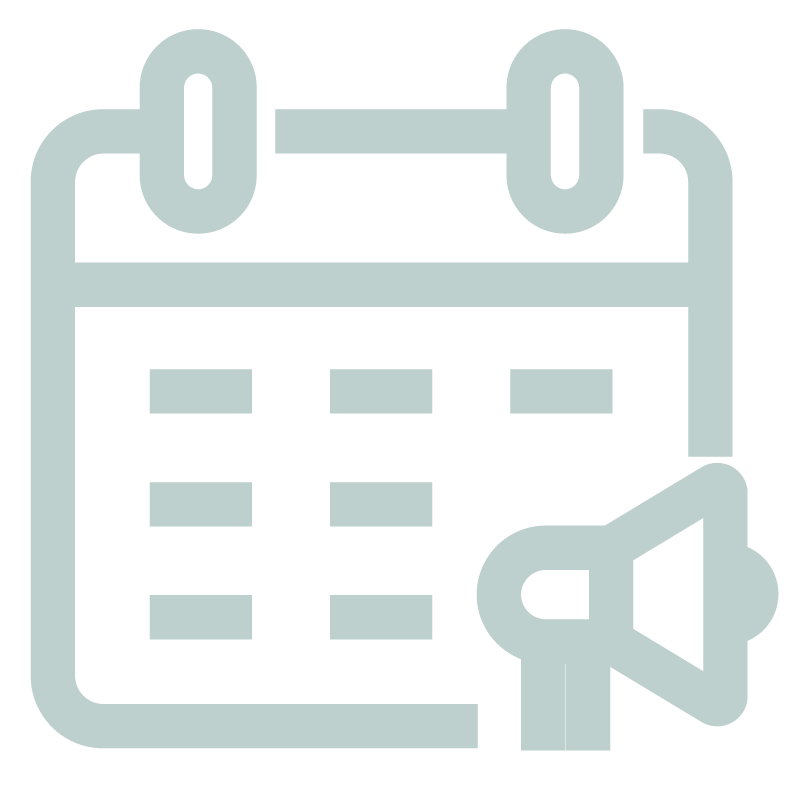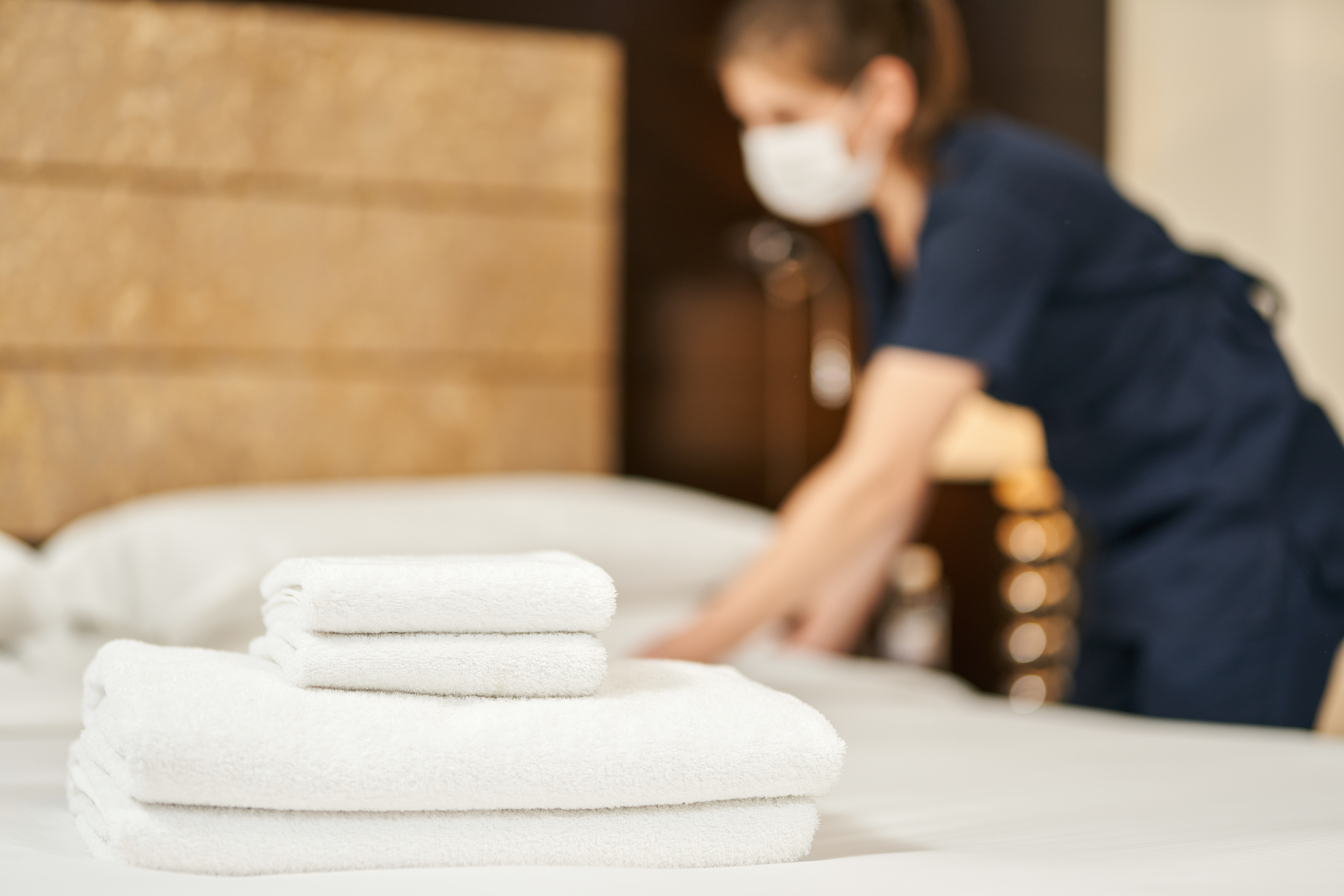Is your hotel ready to meet the demands of post-COVID travelers? The hospitality sector may have recovered from the immediate impact of COVID-19, but the industry will continue to feel the aftereffects of the pandemic for years to come — thanks to increased expectations of cleanliness in public and shared spaces. In fact, 56% of people claim they are less likely to travel after COVID due to a lack of hygiene in the past in public spaces.
The industry has already taken action to ease travel anxiety with housekeeping cleaning protocols that assure a clean room and safe stay. However, there’s more that needs to be done. Clearly communicating the steps taken and frequency of cleaning performed, and providing available data around the level of clean achieved, will continue to be an important part of the industry’s cleaning toolkit in the aftermath of the pandemic.
Clear Communication Is Critical
The American Hotel and Lodging Association (AHLA) has set a standard for cleanliness after Coronavirus with its Stay Safe campaign. The initiative is based on recommendations from medical industry leaders and scientists for enhancing cleanliness protocols throughout every part of a hotel and reducing person-to-person contact. The initiative promises greater transparency of its established processes, which is key as guests are still more discerning about paying for a cleaner hotel stay.
Over the past few years, the AHLA has updated their cleaning and safety guidelines to focus on safety issues outside of the pandemic. By following these guidelines, hotels and their housekeeping staff can meet guest expectations as they change over time and evolve beyond the 2020 pandemic.
Hotels who abide by these guidelines not only create safer spaces for their staff and guests, but they also create a sense of transparency that helps attract and retain customers. This transparencyThis transparency begins with communication about cleaning steps and proof of performance testing on reservation websites. It continues with clear signage at check-in, near shared facilities, and in the guest room or on broadcast networks.
Certifications offer objectivity
As Rogers points out, there has always been an expectation of cleanliness from hotel housekeeping. But Dr. Demian Hodari, Associate Professor of Strategic Management for EHL, a Swiss school for hoteliers, points out that simply communicating standards of cleanliness is as short-sighted as airlines basing business on safety records: safety is the minimum expectation. Hotels must go beyond messaging to truly differentiate.
Some organizations are turning to third-party standards to prove that they’re doing more than lip service. The Global BioRisk Advisory Council (GBAC), a division of the International Sanitary Supply Association trade, offers an accreditation that certifies organizations’ commitment to health and wellness in their facilities. By achieving the GBAC STAR Facility Accreditation, hotels demonstrate to their clients that they clean their spaces according to extremely high standards.
Data Becomes Key To Sales
The key to securing travelers’ stays will be in offering proof of cleaning performance. Ultimately, the only real assurance hotels can offer is in data that demonstrates that training and best practices lead to results.
The pandemic sparked new interest from customers and businesses alike in using data to measure, track, and validate the cleanliness of public spaces. And while some of the demand for cleaning data was driven by consumer interest, data and analytics create new efficiencies for cleaning teams as well.
These metrics provide real-time insights into when and how often your facilities require cleaning, which, in turn, helps you optimize your cleaning staff and prioritize the areas that require the most attention. Implementing data-driven technology also improves visibility on your cleaning equipment conditions (such as when new products or materials need to be ordered) and on meeting any cleaning compliance standards or guidelines.
Hotel management and cleaning teams are beginning to rely more heavily on technology, and its objective lens, to provide a confirmation of clean. For example, some facilities are employing autonomous robotic sweepers like Whiz by SoftBank Robotics. Whiz is programmed to clean along specific routes without human intervention and gather data along the way about when, where and how long it operated. Its cleaning and status reports offer proof that essential cleaning is performed consistently, day after day.
Equally central to the hotel industry’s messaging is that robotic solutions can provide a visible reminder that cleaning is happening constantly.
Planning For Future Visits
The hospitality industry is embracing messaging around clean, but to remain competitive in the long-term, additional steps will become necessary. Hotels and other lodging facilities will need to make significant changes to their processes to maintain traveler confidence and keep reservations up.
Fortunately, these additional steps don’t have to be cost-prohibitive. Some commercial robot vacuums, like Whiz, developed in partnership with Brain OS and ICE Robotics, are available with a subscription model, allowing property owners to cost-effectively pilot the solution in their hotels. With the right investment today, the hospitality industry can better protect its workers, its guests, and its bottom line.







